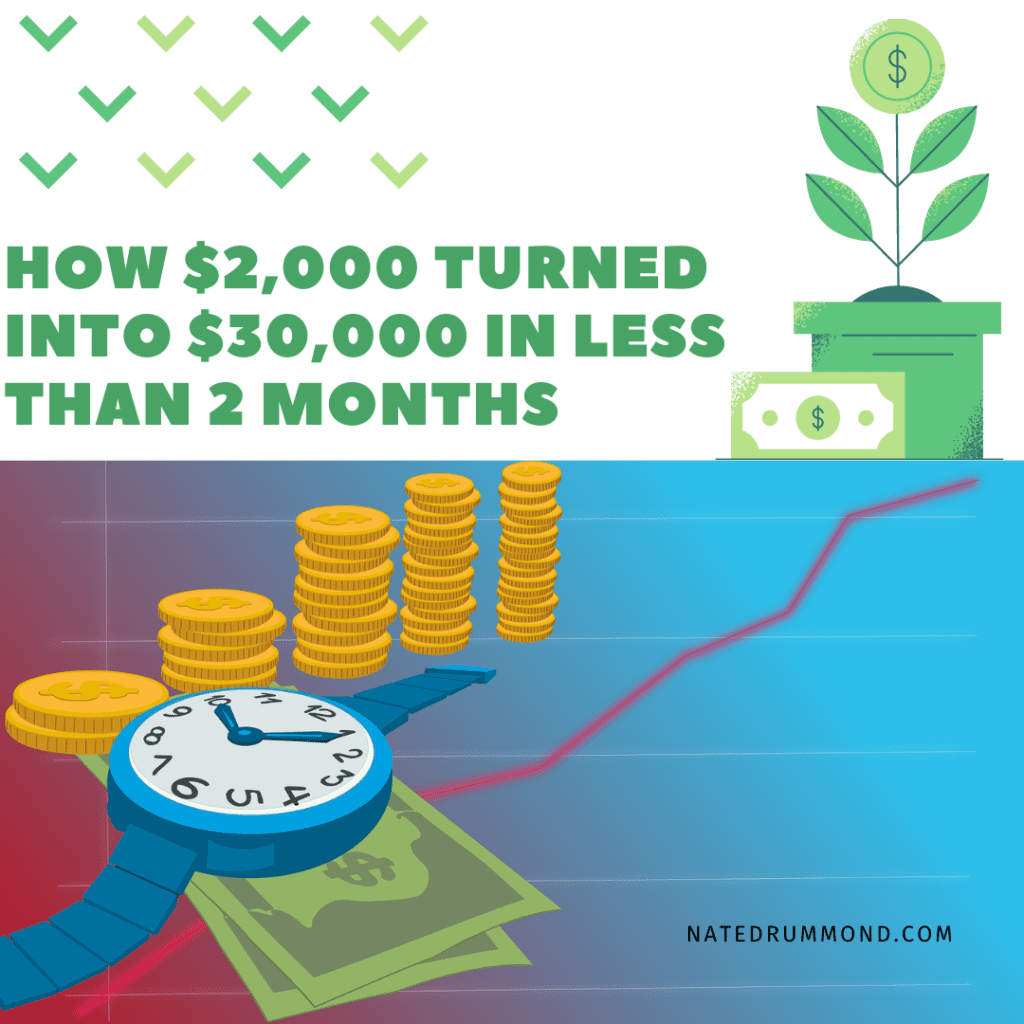Understanding Salary Sacrificing and Its Money-Saving Potential
Are you looking for ways to save money on taxes and boost your superannuation balance?
Look no further! In this blog post, we’ll discuss salary sacrificing super, a simple yet powerful strategy that can help you achieve both of these goals.
Don’t worry if you’re not a personal finance expert; our goal is to break down this concept into easy-to-understand terms, so you can start taking advantage of the benefits today.
So, let’s dive into the world of salary sacrificing super and discover how it can save you money in the long run
What is Salary Sacrificing to Super?
Salary sacrificing super is a method of contributing to your superannuation from your pre-tax income.
This means that a portion of your salary is deducted before income tax is calculated and then transferred directly to your super account.
The result?
You get to save on taxes while increasing your super contributions at the same time.
To illustrate how salary sacrificing super works, let’s take a look at an example.
Imagine you earn between $45,001 and $120,000 per year and want to contribute an extra $100 per month to your super.
If you contribute directly from your take-home pay, it will cost you the full $100 per month.
However, if you opt for salary sacrificing, your take-home pay would decrease by only $65.50 per month.
This is because you’re contributing before taxes are applied, making it more cost-effective for you.
Who Should Consider Salary Sacrificing to Super?
Salary sacrificing super is a great option for employees looking to grow their retirement balance, pay less tax, and minimize the impact of contributing to super on their ongoing cash flow.
However, it’s important to note that there are limits to how much you can contribute in pre-tax dollars, known as concessional contributions.
As of July 1, 2022, the limit is set at $27,500.
Concessional contributions include compulsory employer contributions and the amount you salary sacrifice to super.
If you have a high salary (e.g., $270k), you need to be cautious not to exceed your concessional contributions cap with your salary sacrifice amounts.
Going over the cap could lead to additional taxes and penalties, negating the benefits of salary sacrificing super.
In addition to concessional contributions, there are non-concessional contributions, which are made from your after-tax income.
These contributions do not provide the immediate tax benefits that salary sacrificing super does, but they can still play a significant role in boosting your retirement savings.
The annual limit for non-concessional contributions is $110,000 (as of July 1, 2022).
For individuals under 65 years old, it’s possible to take advantage of the “bring-forward” rule, which allows you to contribute up to three years’ worth of non-concessional contributions in one year (up to $330,000). This means that if you haven’t made any non-conessional contributions in the past two years, you can bring forward the ‘cap’ balance to this year, which pushes the cap from $110,000 to $330,000.
Keep in mind that non-concessional contributions don’t directly lower your taxable income, but they do grow tax-free within your super account.
Combining both concessional and non-concessional contributions can be a powerful way to build a solid retirement nest egg.
But for now, we’re focusing on Salary sacrificing super, since it’s an excellent strategy for most employees who want to maximize their retirement savings and enjoy tax advantages.
Just be sure to keep an eye on your concessional contribution limits to avoid any surprises.
The Impact of Salary Sacrificing Super on Your Retirement Savings
Salary sacrificing super can have a significant impact on your retirement savings, and the best part is that it won’t cost you as much from your take-home pay compared to contributing after-tax dollars.
This is because you get the tax deduction right away and don’t pay your marginal tax rate on the money you contribute through salary sacrificing.
In other words, you’re getting the tax deduction as you go, instead of waiting until the end of the year and claiming your deduction manually.
To showcase the potential difference salary sacrificing can make, let’s look at a few examples of individuals with different ages, incomes, and contribution amounts:
- Sarah (37 years old, $98k income, $120k super balance)
Sarah salary sacrifices the maximum amount up to the concessional limit of $27,500, including employer SGC of 10% and $340 per week (costing her $223 a week to her cash flow).
| Age | Super Balance (No Salary Sacrificing) | Super Balance (With Salary Sacrificing) | Difference |
|---|---|---|---|
| 37 | $120,000 | $120,000 | $0 |
| 42 | $190,243 | $270,102 | $79,859 |
| 47 | $283,610 | $458,217 | $174,607 |
| 52 | $399,599 | $682,609 | $283,010 |
| 57 | $543,763 | $950,642 | $406,879 |
| 62 | $720,530 | $1,270,244 | $549,714 |
| 67 | $936,221 | $1,651,703 | $715,482 |
- Jack (Age: 24, Income: $66k p.a., Super Balance: $6k)
Jack salary sacrifices an extra $100 per fortnight (costing him $65.50 to his cash flow).
| Age | Super Balance (No Salary Sacrificing) | Super Balance (With Salary Sacrificing) | Difference |
|---|---|---|---|
| 24 | $6,000 | $6,000 | $0 |
| 38 | $139,129 | $176,840 | $37,711 |
| 45 | $249,641 | $313,077 | $63,436 |
| 52 | $399,259 | $493,906 | $94,647 |
| 57 | $536,481 | $657,726 | $121,245 |
| 62 | $704,720 | $856,324 | $151,604 |
| 67 | $910,069 | $1,097,123 | $187,054 |
- Alfred (47 years old, $148k income, $298k super balance).
Alfred salary sacrifices an extra $600 per month (costing him $366pm to his cash flow).
| Age | Super Balance (No Salary Sacrificing) | Super Balance (With Salary Sacrificing) | Difference |
|---|---|---|---|
| 47 | $298,000 | $298,000 | $0 |
| 52 | $422,341 | $456,305 | $33,964 |
| 58 | $621,421 | $701,876 | $80,455 |
| 62 | $784,912 | $901,681 | $116,769 |
| 64 | $877,524 | $1,014,512 | $136,988 |
| 67 | $1,030,946 | $1,199,726 | $168,780 |
By incorporating salary sacrificing strategies, each of these individuals can significantly increase their super balance by the time they retire, while also saving on taxes along the way.
How to Set Up Salary Sacrificing for Your Super
Ready to start salary sacrificing super? Follow these simple steps:
Talk to your payroll or HR department: Reach out to your payroll or HR person and express your interest in salary sacrificing to super. They might have a form for you to fill out, or they may ask you how much you’d like to contribute.
Decide on the amount you want to contribute: Determine how much of your pre-tax salary you’d like to sacrifice to super. Remember to stay within the concessional contribution limits and consider your budget and financial goals.
Monitor your super account: Keep an eye on your super account to ensure your salary-sacrificed contributions are being processed correctly. This will help you stay on top of your super balance and confirm your contributions are in line with your financial plan.
Note for self-employed individuals: If you’re self-employed and pay yourself a wage through a company, you can also take advantage of salary sacrificing super via SuperStream.
Just increase your payments and allocate them as employee concessional contributions.
However, if you’re a sole trader, you won’t be able to salary sacrifice.
Instead, you’ll need to make non-concessional contributions and provide your fund with a notice of intent to claim the contributions as a tax deduction each year.
Harness the Benefits of Salary Sacrificing Super
Salary sacrificing super can be an effective way to boost your retirement savings while enjoying tax advantages.
By contributing pre-tax income to your super, you can reduce your taxable income and potentially pay less tax overall. Just remember to stay within the concessional contribution limits and consider your overall financial goals.
If you’re still unsure about how salary sacrificing super works or whether it’s the right strategy for you, consider talking to a financial planner or your super fund for personalized advice.
And if you’re keen to learn more about super in general, check out our other articles on How Superannuation Works.
Don’t let the intricacies of super intimidate you—by taking the time to understand salary sacrificing super, you can take control of your financial future and make the most of your retirement savings.





